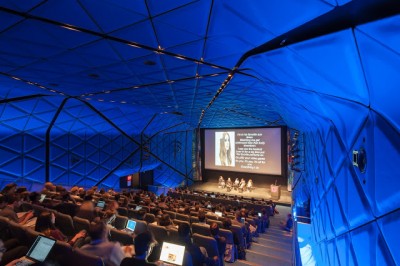Outrage over the Bob Marley Snapchat filter was swift following its brief appearance on the mobile application’s platform on April 20 (The 420 pot smoking holiday). The idea of mimicking Bob Marley in appreciation of a day dedicated to consuming marijuana by smoking it or consuming it in the form of a gummy bear or brownie, enabled users to don the hat, dreads, and…blackface!? News outlets that day covered the issue pretty quickly. CNN.money and The Verge noted the negative reactions voiced on social media in regard to the filter. Tech publisher Wired released a brief article condemning it, calling it racially tone-deaf.
The racial implications of the Bob Marley filter are multifaceted, yet I would like to focus on the larger cultural logic occurring both above and behind the scenes at an organization like Snapchat. The creation of a filter that tapped into blackface iconography demonstrates the complexity of our relationship to various forms of technology – as well as how we choose to represent ourselves through those technologies. French sociologist Jacques Ellul wrote in The Technological Society of ‘technique’ as an encompassing train of thought or practice based on rationality that achieves its desired end. Ellul spoke of technique in relation to advances in technology and human affairs in the aftermath of World War II, yet his emphasis was not on the technology itself, but rather the social processes that informed the technology. This means that in relation to a mobile application like Snapchat we bring our social baggage with us when we use it, and so do developers when they decide to design a new filter. Jessie Daniels addresses racial technique in her current projects regarding colorblind racism and the internet – in which the default for tech insiders is a desire to not see race. This theoretically rich work pulls us out of the notion that technology is neutral within a society that has embedded racial meanings flowing through various actors and institutions, and where those who develop the technology we use on a daily basis are unprepared to acknowledge the racial disparities which persist, and the racial prejudice that can—and does—permeate their designs. more...









